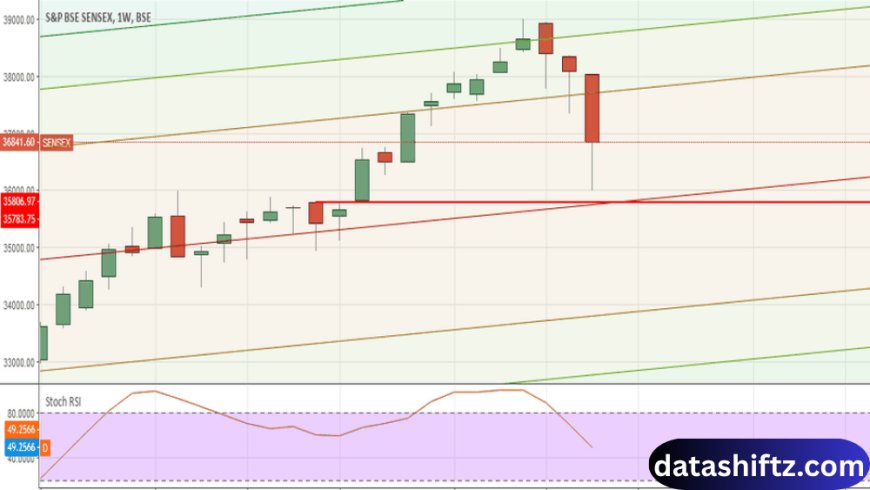BSE Sensex: Navigating India's Premier Stock Market Index

Introduction
The S&P BSE SENSEX, commonly referred to as the Sensex, is India's most prominent stock market index, representing the performance of 30 financially robust companies listed on the Bombay Stock Exchange (BSE). Established in 1986, it serves as a barometer for the Indian equity market, reflecting investor sentiment and economic health. As of October 3, 2025, the Sensex closed at ₹81,207.17, marking a 0.28% increase from the previous session.
Understanding the Sensex
What Constitutes the Sensex?
The Sensex comprises 30 well-established and financially sound companies across various sectors, including finance, energy, technology, and consumer goods. These companies are selected based on their market capitalization, liquidity, and representation of the Indian economy. The index is free-float market-weighted, meaning that only the shares available for trading are considered in its calculation.
Calculation Methodology
The Sensex is calculated using the free-float market capitalization method, which considers the market value of the shares that are readily available for trading. This approach ensures that the index accurately reflects the market movements and investor sentiment. The base year for the Sensex is 1978–79, with a base value of 100.
Recent Performance and Market Trends
Current Market Snapshot
| Metric | Value |
|---|---|
| Current Value | ₹81,207.17 |
| Day's Change | +₹715.69 (0.89%) |
| 52-Week High | ₹84,099.53 |
| 52-Week Low | ₹71,425.01 |
| P/E Ratio | 22.4 |
| Market Capitalization | ₹160.84 Lakh Crore |
Sectoral Performance
Recent market movements have been influenced by various sectors:
-
Metals: The metals sector has shown resilience, with companies like Tata Steel and Hindalco leading the gains.
-
Financials: Financial stocks experienced a pullback, contributing to the day's decline.
-
Automobiles: Automobile stocks faced downward pressure, reflecting concerns over domestic demand.
Historical Performance
Long-Term Growth
Over the past decade, the Sensex has demonstrated significant growth:
-
10-Year CAGR: Approximately 11.7%
-
5-Year CAGR: Around 16.0%
-
1-Year Return: -3.61%
Milestones
The Sensex has achieved several significant milestones:
-
First Close Above 30,000: January 2015
-
First Close Above 40,000: January 2018
-
All-Time High: 85,978.25 on September 27, 2024
Investing in the Sensex
Direct Investment
Investors cannot invest directly in the Sensex. However, they can invest in the constituent companies that make up the index. This approach allows investors to gain exposure to the sectors and companies driving the index's performance.
Indirect Investment
Exchange-Traded Funds (ETFs) and Index Funds that track the Sensex provide a convenient way for investors to gain exposure to the index's performance. These funds offer diversification and are suitable for long-term investors seeking to mirror the index's returns.
Conclusion
The S&P BSE SENSEX remains a vital indicator of India's economic health and investor sentiment. While recent market fluctuations reflect global and domestic factors, the long-term growth trajectory of the index underscores the resilience and potential of the Indian economy. Investors should consider the Sensex as a benchmark for evaluating market performance and as a tool for making informed investment decisions.






























